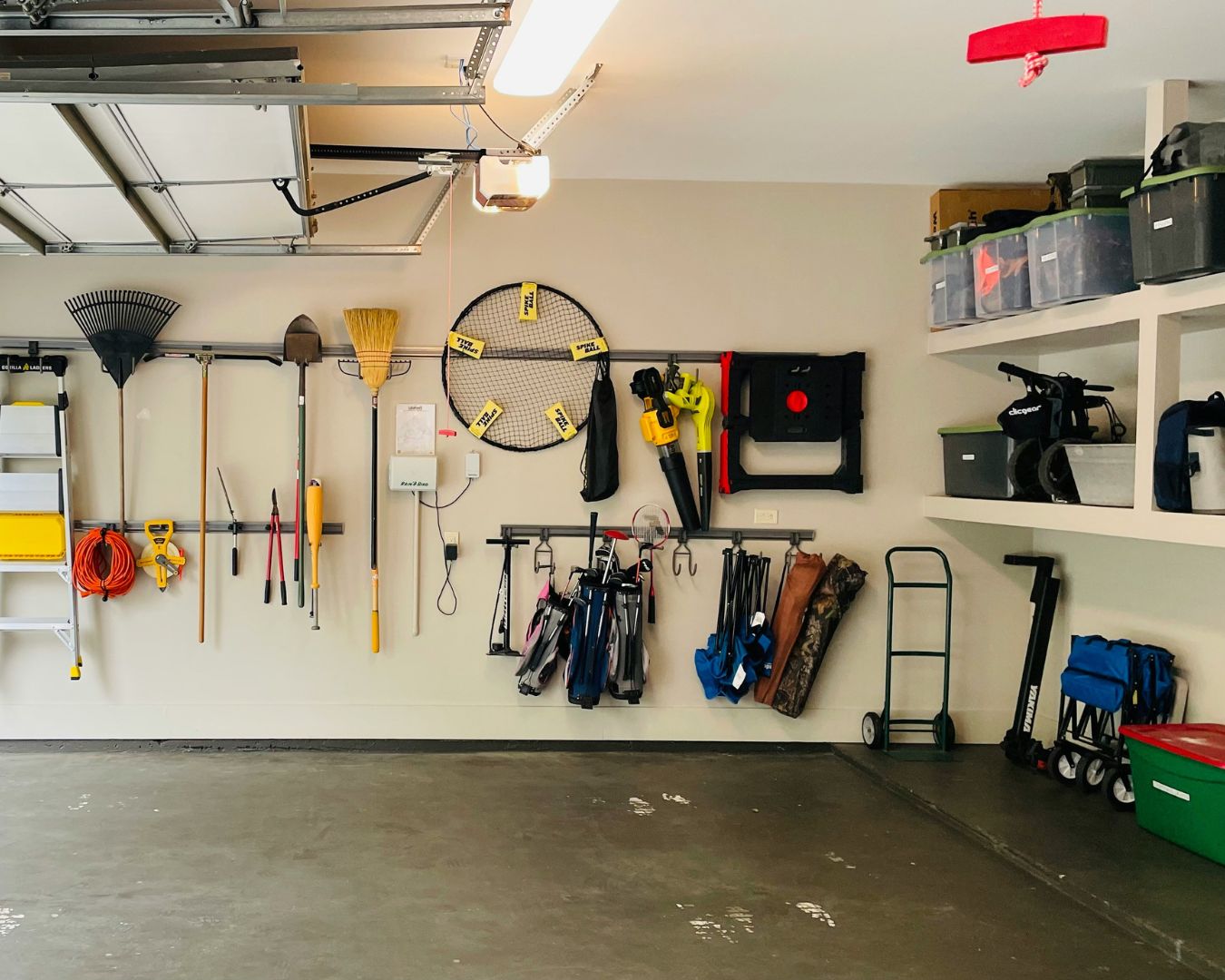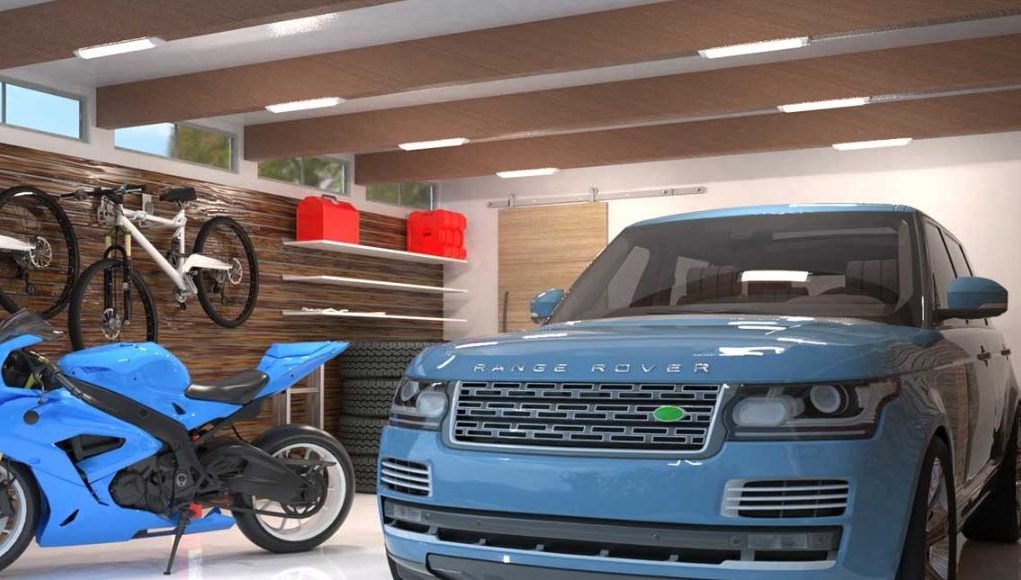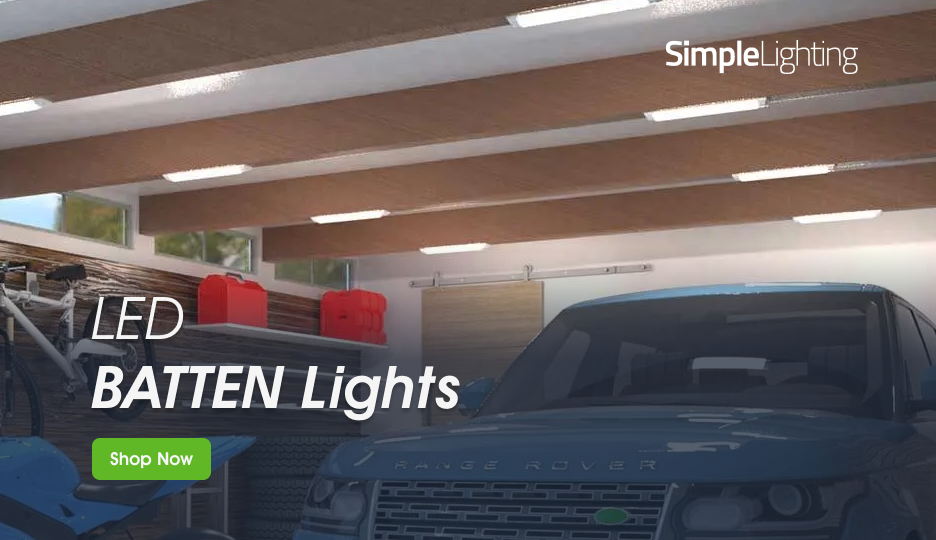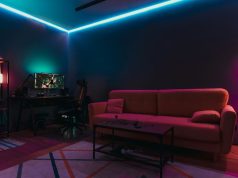Is this you?
Runs into the garage to pick up the screwdriver, not even bothering to turn on the lights. Just letting what little light from the house to pour in, saying it’s enough since you’re just getting one small thing anyway, but then you end up bumping your foot hard on a random box on the floor. You come back inside the house limping, your wife wondering why.
Yes, you need motion sensor lights. There’s no debating it.
It’s one of those upgrades that feels small but changes everything. Imagine never fumbling for switches ever again every time you get into the garage. It also doubles as a burglar deterrent. All that without bumping your energy bills.
Sounds good? Grab a cuppa cos we’re digging in.
Why Motion Sensor Lighting is Ideal for Garages
The picture we painted above should already give a few good reasons why motion-activated lighting is a much-needed tool in the garage. But you should know that motion sensor lights are more than just automatic lighting. At its core, it’s about convenience, safety, and security. The three things every garage could use more of.
Improving Safety When Entering or Leaving the Garage
Alright, picture this: You just got back from your weekly grocery run, bags in both hands, and you’re heading back to the garage door. Normally, you’d be juggling the bags while fumbling with the wall for that elusive light switch. But with motion sensor lighting? Bam! Instant illumination.
And this isn’t just about comfort either. It’s also about reducing trip hazards, which that area of your home is very rich in. Especially if the light switch is a few steps away from the car park. Cables, tools, ladders, and bicycles suddenly become magnetically attracted to your shins.
Automatic lights? They stop those sneaky ambushes, keeping your ankles intact and your dignity unbruised.
Energy Savings Through Lights-Only-When-Needed Operation
Motion sensor lights turn on when they detect movement. We’ve already established that. But what happens when it doesn’t?
Recall the time when you were little and you accidentally left the garage light open overnight? Or worse, all weekend, when you went on that trip. You know the guilt of realising that your next electricity bill will be higher because of this oversight.
Motion sensor lights solve this by only turning on when you’re in the area. Then, automatically turns the light off once there’s no more movement detected.
It’s the ultimate “lights out” policy. No more nagging family members about lights left on, no more wasted electricity. Use LED lights with built-in motion sensors, and you’ve got a recipe for serious savings. LEDs sip power like a tiny teacup, unlike incandescents, which gobbled it like a bucket.
Security Benefits for Homes and Outbuildings
Automatic lighting is the bane of home intruders. Few things make a potential intruder think twice like a sudden burst of light. It’s the perfect “security guard.”
When your garage (or driveway, or side passage) lights up automatically, it creates the illusion that someone is home and watching, even when you’re in a different city for a weekend getaway. Motion sensor lighting does the work of a guard dog in preventing crime, minus the barking and the need to be fed.
This is especially useful for detached sheds, garages or workshops. Dark corners? They become much less appealing when they won’t stay dark for long. Which, as a homeowner, is something we want.

Choosing and Installing Garage Motion Sensor Lighting
Like all other garage lights, there is no one-size-fits-all motion sensor light. Also, placement matters more than you think. Let’s break this down one by one.
Done right, your lighting will be very beneficial for you and your household. Done wrong, and you’re getting a headache as your lights keep setting off every time a neighbourhood cat strolls past.
Picking the Right Type of Motion Sensor Light
Not all lights are made equal, but when used the right way, all are equally great. But yes, first you need to figure out the type of light fixture you need. Some popular options include:
LED Battens – Sleek and brilliant. Ideal for garages. They provide even, shadow-free lighting (ideal if you’re tinkering with tools or setting up your home gym that you’ll hopefully use for more than two months). Add a motion sensor, and you’ll never walk into a dark, cold garage again. Now it’s just cold.
Floodlights – Great for outdoor areas, driveways, and wide coverage. Think bright, wide beams that make everything visible at once. Perfect if you want the whole front of the garage lit up.
Bulkheads – Compact and sturdy. Excellent for side entrances or smaller spaces that need a tough, weather-resistant light.
Now let’s talk sensors. Motion detection usually comes in two different kinds:
- PIR (Passive Infrared) Sensors – These detect changes in heat and movement. Reliable, widely used, and won’t trigger for leaves blowing around (good news if your garage is near a garden).
- Microwave Sensors – A bit more high-tech. It can cover a wider range than the PIR. Microwave sensors work by sending out waves that bounce back when movement interrupts them. These are extra sensitive and can even detect through thin walls. It’s perfect for certain setups, but maybe too sensitive if you’ve got a lot of background activity outside.
The choice depends on your layout: if your garage faces a busy street, a PIR might be better to avoid random triggers (which kind of defeats the whole purpose of saving energy). If it’s tucked away or you want maximum sensitivity, microwave sensors are your go-to.
Where to Position Sensors for Maximum Coverage
So you’ve got yourself a motion sensor light. Great. Now what? Well, the first thing that you have to understand is that a motion sensor is only as good as its line of sight. If it doesn’t “see” it, it can’t detect it.
Here’s how to ace the placement of your lights:
1. Cover Entry Points First – Position lights where people enter. Overhead at the garage door or just inside works perfectly.
2. Avoid Blind Spots – Place lights so they can “see” the whole floor area without leaving dark patches. Corners? Bad!
3. Mind the Height – Put your light too high and the sensor might miss smaller movements; too low and you’ll get false triggers. Try to find the sweet spot. That’s usually around six to eight feet for most garage setups.
4. Think Outdoors Too – An external floodlight aimed at the driveway or garage door can give you extra peace of mind. Just make sure to angle it correctly so you’re not blinding passing drivers or your nosy neighbour.
Pro Tip: Test before permanently fixing the lights in place. Temporarily tape your sensor light to the desired location, walk around the garage and see where it activates. Try to figure out its “activation zone,” if you will. A little trial run can save you from a lot of “Why won’t this light turn on until I’m already halfway inside?” frustration.
Bringing It All Together
Your garage is a curious mix of a lot of things: a car park, a mini-workshop, a storage unit, a family gym (okay). It’s a place where a lot of great things can come from, and at the same time, where a lot of things could go wrong. All because you couldn’t turn on the lights.
With motion sensor lighting, you’re getting three wins in one package:
- Convenience – No more juggling switches.
- Energy Savings – Lights only when you need them.
- Security – A bright, instant deterrent against unwelcome visitors.
Pair that with LED light fixtures, and your garage becomes safer, smarter, and just that little bit cooler. Because honestly—lights that turn on as you walk in feel a bit like magic, and who doesn’t want a sprinkle of that in their everyday life?
We know we do.














